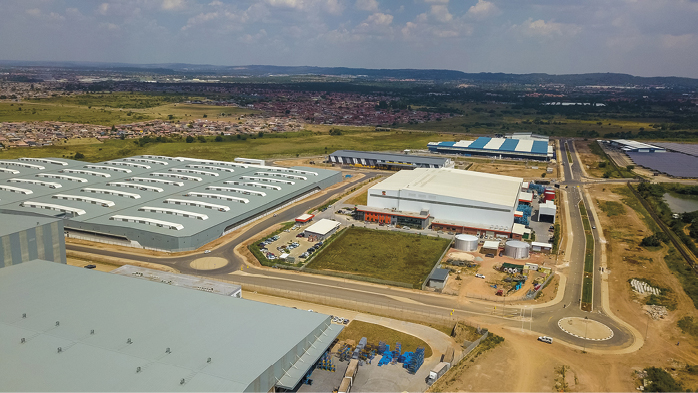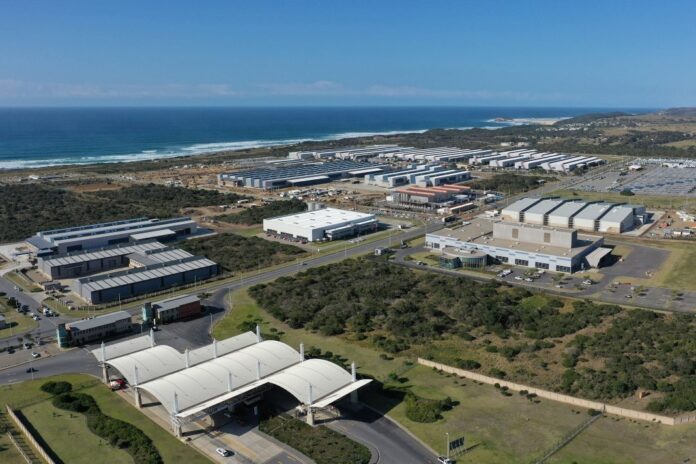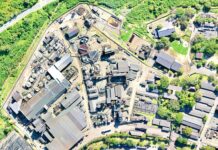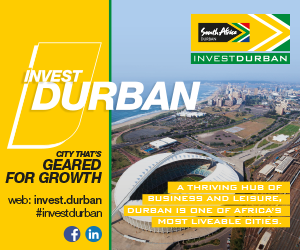De Beers is a storied name in the history of the growth of the South African economy. So it was a significant event when a major subsidiary, De Beers Sightholder Sales South Africa, relocated all its operations to Johannesburg in 2023. More specifically, to a building in Sky Park in Kempton Park: De Beers is supporting the initiatives of national and provincial government to promote economic growth via Special Economic Zones (SEZs).
The OR Tambo SEZ is located at the OR Tambo International Airport and has among its focus areas the consolidation of all companies operating in South Africa’s mineral beneficiation sector.
De Beers, which has two diamond mines in South Africa, is responsible for the sale of 90% of the world’s diamonds by value.
The National Department of Trade, Industry and Competition (dtic) is the lead agent in the creation of SEZs, which are part of the national Industrial Policy Action Plan (IPAP). SEZs are designed to attract investment, create jobs and boost exports.
Choosing where to position an SEZ is based on many considerations. As Maoto Molefane, Acting Deputy Director General of the Department of Trade, Industry and Competition (dtic) explains, “SEZs are established on the basis of the economic potential of a region. This could either be comparative or competitive advantages and the SEZ programme is used as a sweetener to attract foreign and domestic investors. SEZs are used to accelerate industrialisation through coordinated planning and the development of state-of-the-art infrastructure.”
Molefane believes that SEZs contribute to the attractiveness of SA as an investment destination: “By offering world-class infrastructure, fiscal incentives, a protected environment and an easy-to-navigate business environment using One Stop Shops, SEZs have directly contributed to the country’s attractiveness. The zones have 167 operational investors and almost half of these are FDIs.”
An updated approach to the development of SEZs advocates for integrated multi-use with improved living standards supported by industrial development, commercial spaces, tourism, better schools, entertainment, healthcare and recreational facilities.
National government also promotes investments through tax legislation. The SEZ Tax Incentive was introduced into the Income Tax Act to promote investment, growth and job creation in the South African manufacturing sector and the development of designated regions.
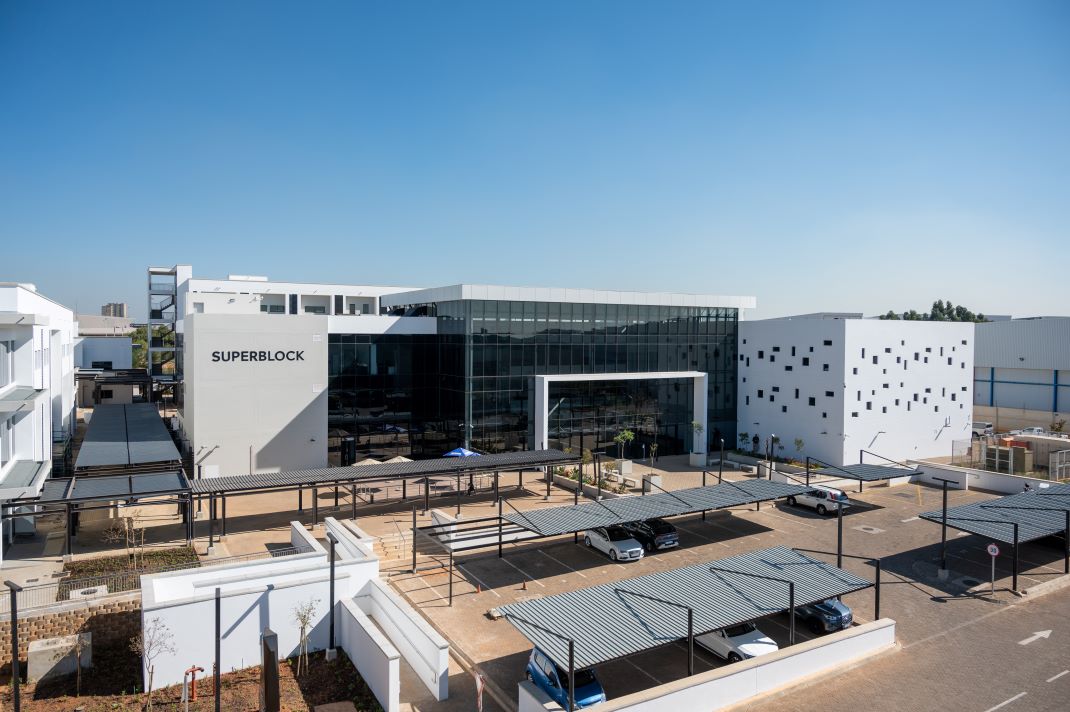
The taxpayer must be a “qualifying company” to be able to qualify for this incentive. Qualifying companies can benefit from the following preferential benefits: a preferential corporate income tax rate of 15%; an accelerated depreciation allowance of 10% on cost of any new and unused buildings or improvement owned by the qualifying company.
Gauteng plans
In Gauteng, the Gauteng Growth and Development Agency (GGDA) is the driver of the SEZ programme, which will result in each of the province’s district or metropolitan municipalities hosting an SEZ. Each of those zones will emphasise the strengths of that area, so for example logistics is another OR Tambo speciality, given its proximity to the airport. The existing concentration of large manufacturing enterprises within the Ekurhuleni Metropolitan Municipality makes that sector another obvious target, with the Jewellery Manufacturing Precinct (JMP) a good example of that convergence.
The province’s SEZs are at different stages of development. The OR Tambo SEZ is a good example of advanced progress. Together with De Beers, a gold refinery has been established in the JMP, it has become the home of bodies such as the South African Diamonds and Precious Metals Regulator, Belgian company Pluczenik has launched its facilities and more than a dozen SMMEs are active in the precinct. The other component of Precinct 1 of the SEZ is devoted to fruit and vegetable processing of In2Food, which has on of the largest refrigeration plants in the world.
Phase 1 of the development of the Tshwane Automotive Special Economic Zone (TASEZ) was launched in November 2019 with Ford Motor Company’s operations at its core, and the SEZ has grown in stature ever since. Initial government investment of R3.9-billion has been more than matched by Ford and its suppliers.
Ford itself made a capital investment of R15.8-billion in pursuit of increased production while suppliers have invested more than R5.6-billion. This has led to 3 291 jobs being created within the zone, with more than 65% of the workforce sourced from surrounding townships. Of these jobs, 39% were filled by women and 59% by youth.
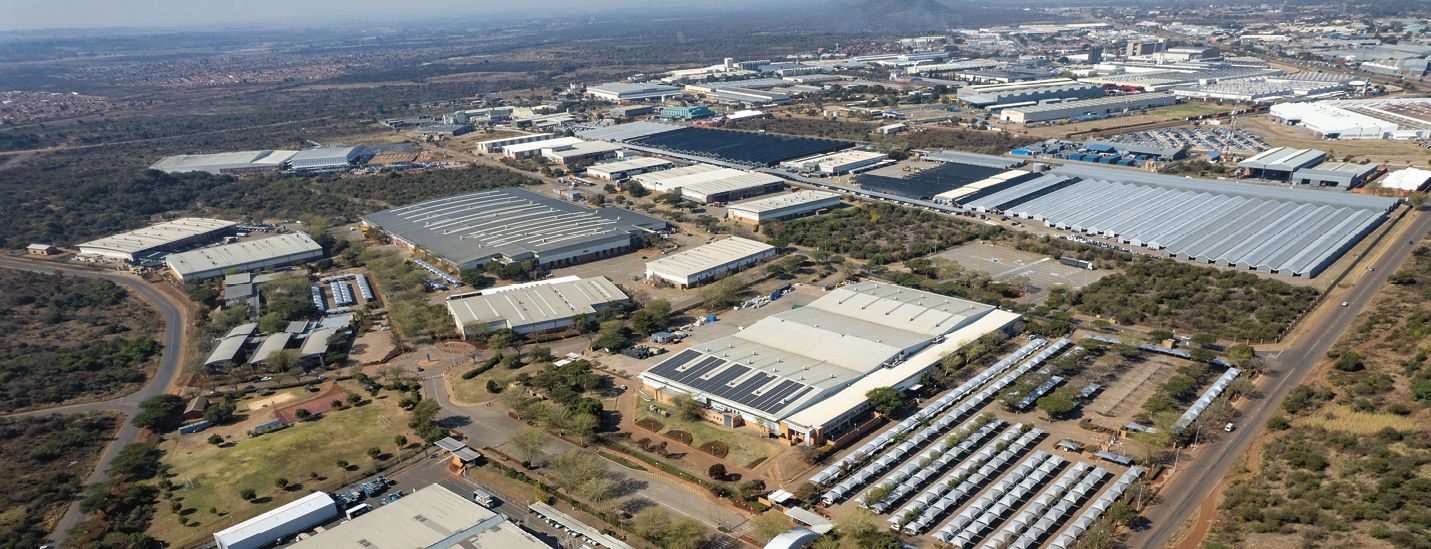
Three district municipalities across the south of Gauteng will host the Vaal Special Economic Zone (Vaal SEZ) which will have multiple sectors represented and be located at multiple sites. The area already has many industrial assets and infrastructure and is well served by transport routes.
Among the targeted sectors are agro-processing, logistics, the low-carbon economy, light manufacturing and the Blue Economy, which seeks to take advantage of the Vaal River. The GGDA has established a subsidiary to run the process of establishing the SEZ.
Plans for a West Rand SEZ are in place with three sectors being targeted: agro-processing, including new market facilities and exploring the growth of the cannabis sector; bus and automotive manufacturing linked to the existing plant of the Busmark company (the Chamdor Automotive Hub is already functioning); and renewable energy – a large solar plant is to be built by six contractors on land donated by mining company Sibanye-Stillwater.
The West Rand is well connected in terms of transport links via the N12 and N14 highways, it is near to Lanseria Airport and it has significant tourism assets, including the Magliesberg mountain range and the Cradle of Humankind.
